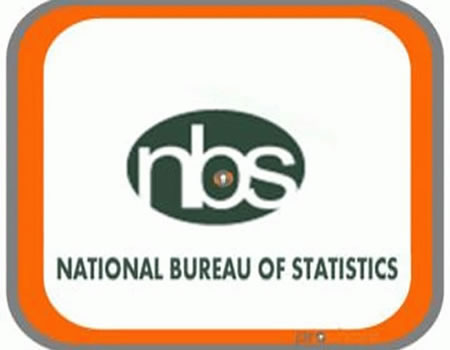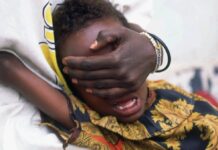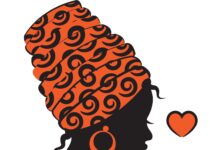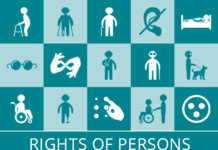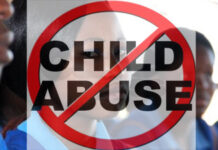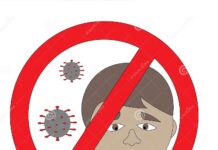The National Bureau of Statistics (NBS) has revealed that women still do not have equal access to decision making and power-sharing at all levels in the country, compared with their male counterparts.
According to a report released by the NBS on Gender Statistics Quarterly Bulletin for the First Quarter 2022 in Abuja which focused on three key areas; Power and Decision Making, Health, Population and Education.
READ ALSO: Nigeria and its cultural diversity
The report stated; “the percentage share of women in presidential and vice-presidential races from 2019 to 2022 was at 0 per cent and 100 per cent for men. The number of female and male political aspirants for presidential races in 2019 was 6 and 67, respectively while the vice-presidential races had 22 females and 52 males.
“Political aspirants for governorship in the 2019 election had 80 females and 984 males while deputy governorship aspirants had 271 females and 789 males. Also female and male aspirants for senatorial positions in the 2019 election were 234 and 1,649, respectively.”

“The statistics for the 2020 National Judicial Officers have 66 females and 138 males, which include: the Chief Justice of Nigeria, Justice of the Supreme Court and Court of Appeal, President of the Court of Appeal and National Industrial Court. Also, Chief Judges of Federal High Courts and State High Courts, Judges of the Federal High Courts, State High Courts and Industrial Courts and Chief Registrar of the Supreme Court.
“The statistics of ministerial appointments from 1999 to 2021 stood at 13.73 per cent for females and 86.27 per cent for males, while for senatorial appointments, females had a representation of 15.91 per cent and 84.09 per cent for males”.
The NBS report revealed that from the return of democracy in 1999 to 2019, Nigeria had not produced female Secretaries to the Government of the Federation. In the area of health, the report revealed that the number of pregnant women with malaria was 484,269 in 2017 and reduced to 452,380 and 372,577 in 2018 and 2019 respectively.
It said, “The percentage of female medical doctors was 34.60 per cent in 2018, 35.56 and 37.03 per cent in 2019 and 2020 respectively. However, female dental doctors were 44.4, 42.16 and 42.28 per cent in 2018, 2019 and 2020 respectively.”
The NBS report revealed that more female HIV/AIDS patients had access to antiretroviral treatment in 2022 at 66.5 per cent while the male access was at 33.5 per cent. The average of pregnant women who had four or more antenatal care visits in 2018 stood at 56.8 per cent, 74 per cent were from the urban areas while 46 per cent were from the rural areas.
“According to the Nigerian Demographic and Health Survey 2018, results show that 67 per cent of women who gave birth five years preceding the survey received antenatal care from a skilled provider,” it added.

The report gave a breakdown of the percentage of women currently married or in the union who are using or whose partners are using contraceptive methods by place of residence in 2018. It revealed that more rural dwellers use “no method” at 90.1 per cent against 73.6 per cent for urban dwellers, while more urban dwellers use “any modern method” at 18.2 per cent against 7.8 per cent for rural dwellers. The data for those who use “any method” is at 10.0 per cent for rural and 26.4 per cent for urban.
In the area of population, the report stated that the population growth rate as of 2021 was at 2.53 per cent. “The total projected population for 2021 was 211,493,324, with women constituting 49.99 per cent, and men 50.01 per cent.”, which translates to 105,716,462 females and 105,776,862 males,” it said.
The report stated that the estimated number of the elderly population for 2019, 2020 and 2021 stood at 8,986,055, 9,370,131 and 9,777,339 respectively. From these estimates, the percentage of elderly women stood at 46.20, 46.38 and 46.58 per cent for 2019, 2022 and 2022 respectively.
In the area of education, the report revealed that the literacy rate in the English Language among young men and women aged 15 to 24 was 78.3 per cent for males and 72.3 per cent for females, according to the Nigerian Living Standards Survey, 2018/2019. Data from the report also revealed that there were more males in Nigerian tertiary institutions.
The total Undergraduate New Entrants by UTME/DE Entry Mode 2019 was 785,259; constituting 438,260 males and 346,999 females.
However, the Undergraduate Enrolment by Institution-2019 stood at 56.54 per cent female and 43.46 per cent male. The Undergraduate Enrolment by Institution 0wnership-2019 revealed that in federal-owned institutions 57.82 per cent make up the male undergraduates while 42.18 per cent make up female undergraduates.
For state-owned institutions, the male population stood at 54.68 per cent, while the female was at 45.32 per cent. For private-owned institutions, the male and female population stood at 51.23 per cent and 48.77 per cent respectively.
“The total Postgraduate Enrolment in Nigeria University-2019 has a total of 119,881 male at 60.82 per cent and 77,224 female at 39.18 per cent.” The Full-Time Postgraduate Enrolment by Programme-2019 has a breakdown of 34,247 males and 23,551 females at the PGD level. Data presented showed 73,961 male and 47,794 female at the Masters level and 11,673 male and 5,879 female at the Ph.D level.

